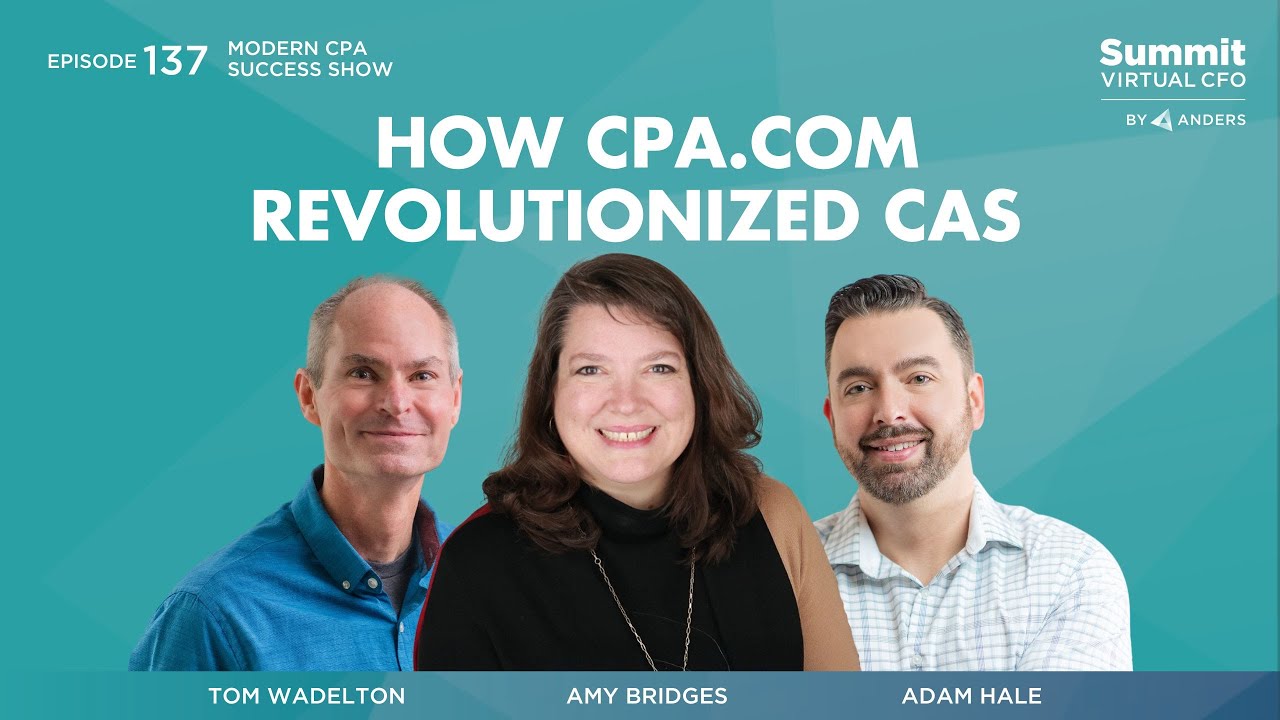The Getting Things® Done book by David Allen was a game changer for millions of professionals worldwide. Learning to increase productivity without stress is challenging, especially in a world where the hustle culture so quickly leads to burnout. If you haven’t read David Allen’s groundbreaking book, I recommend you do. Before you dive into his book, take a peek at several insights he has to offer with a snapshot of our exclusive interview.
In this post, you’ll find a few important truth nuggets from David Allen:
-
The difference between creating time and creating room
-
Importance of scheduling processing time after meetings
-
Teaching others the GTD method through modeling
Increasing Productivity Is Not About Getting More Time. It’s About Making More Room.
One common misconception about productivity methods is that they’ll give you more time. The reality is this: you can’t actually make more time for anything. 
You only have 24 hours in a day, and you aren’t working all 24 of them. An accountant's schedule is typically organized around a 40-hour work week. Although, as we all know, certain seasons of the year push us beyond that 40 hours. Increasing productivity for a CPA matters tremendously, especially during tax season.
That’s where strategies that increase your productivity come in handy, and why David Allen’s Getting Things Done has been so important for professional services companies (and accounting firms, in particular).
But according to David Allen, thinking of Getting Things Done in terms of “getting more time” is not ideal. Instead, as you deploy the GTD® method, think of it as “making room.” Here’s what Allen has to say on that:
“Implementing these (the Capture, Clarify, Organize, Reflect, and Engage) best practices of how you get stuff under control in your life and work, those things don't give you more time. They give you more room. I guarantee you, whenever you implemented any part of GTD, what it gave you was more room, not more time. What you did with that room was unique to you.”
Now, practically speaking, reducing how much time you spend on individual tasks will certainly give you more “time”, functionally speaking. But what Allen is capturing here, and what GTD is effectively giving you, is more space mentally to be better at what you’re doing right now. The less time you spend worrying about what’s on your to-do list, the more present you can be with the tasks you have on hand, improving your ability to complete them in both time (efficiency) and quality (efficacy).
Build in Time After Meetings to Reflect and Process
How you schedule your meetings may need to be far more strategic. When you improve your meeting scheduling practices, you can increase your productivity by not forcing yourself to allocate post-meeting reflection during periods of the day when you’re less likely to be efficient with your time (e.g., nights or weekends).
Back-to-back meetings are exceptionally common for CPAs and Virtual CFOs. It’s the nature of the business. However, when you don’t leave time to process between those meetings, you set yourself up for having to make the time much later, either in the evening or on the weekends.
Ideally, you took good notes during those meetings and you can go back to those later. But good notes aren’t an ideal substitute for responding to what happened in a meeting more immediately.
If you save the reflection time for well after the meeting is over, you’re going to spend more time reflecting and processing what happened in that meeting than you would if you’d built that time into your schedule immediately after those meetings ended.
Here’s what Allen has to say about post-meeting review time:
“You have to process those meetings sooner [rather] than later. [If] you go longer than seven days, that's like trying to find a needle in a haystack to go back and recreate what happened in that meeting 10 days ago. You can do it within seven days. That's why the weekly review actually has a neurological base to it. Anything that happened within the last seven days is a lot easier for you to recreate in your head. Now, it’s nice if you can do that daily. Give yourself at least 10 minutes.”
Much of this depends on how much control you have over your schedule. If you can’t build in time between meetings for 10 minutes of processing, make sure you dedicate yourself to the weekly reviews (which are prescribed in the GTD method).
Modeling Is the Best Way to Teach GTD to Others
Once you’ve implemented the Getting Things Done method for yourself, you may feel compelled — or even excited — to help others learn how to use it for their own boost to productivity.
At Summit CPA, we make Getting Things Done a part of our onboarding process. Part of our training includes having new team members watch an internal video that describes the key concepts of the book and how it’s been put into practice by team members. But importantly, it includes modeling those practices.
For most people, reading a book won’t be enough to put a new idea into practice. Seeing how it can be done is the best way to get the message across. And that aligns with how Allen sees Getting Things Done in the first place.
As he explained to us in his interview:
“GTD doesn't deliver a solution, it delivers hope. How much people want to take advantage of that is up to them.”
So how do you model GTD? Here are two big suggestions we have for that:
- Create a video that shows what GTD implementation looks like. Use screen recording so that new team members can easily visualize the way you organize your schedule and priorities using the GTD method.
- Train them on the tools they need to use to best implement GTD. Ideally, these tools are already available in your tech stack. You can even download the guide to our complete tech stack.
Some companies make using GTD required for their employees. That may or may not be the right route for you. If someone has a strategy that’s working well for them, it’s best not to rock that boat and throw them off their game. But if you see an employee that’s constantly struggling to meet deadlines or spending way too much time on tasks, it may be time to have that conversation and make GTD a priority for them.
This is only a small sample of the amazing discussion we had with Getting Things Done author, David Allen. You can watch the full interview on Episode 85 of The Modern CPA Success Show.
.png?width=120&height=77&name=Summit-Virtual-CFO_color_rgb%20(1).png)














